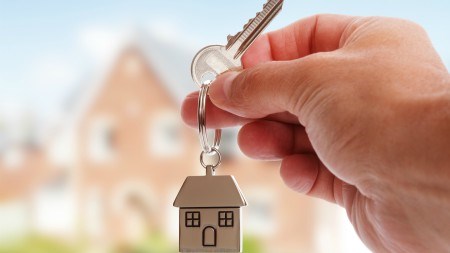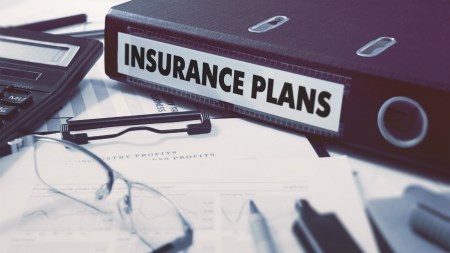Your responsibilities
As a landlord, maintaining your rental property is a priority. Setting aside some of your rental income as savings, to ensure your property remains in good shape is vital, but just how much should you be putting away? We’ve considered the somewhat surprising unexpected expenses here, but let’s remember a key factor first: your insurance.
Read more: Landlord versus tenant - who fixes what?
Your insurance
Selecting the right type of home insurance for your rental property can be difficult. Of course, your home loan or bond provider may have referred you to their preferred insurance solution, but don’t forget to read the fine print. Full coverage is not an automatic option, and you may find some loopholes in your policies that don’t cover your rental property as well as it should be. In particular, damages caused by tenants are often not covered, and you’d need to recoup those expenses through their rental deposit and associated amounts. That said, many of the major and rather expensive household incidents - including a burst geyser or flood-related damage - will be covered by your insurance policy. Make sure the big ticket items are taken care of.
See more: How to pick the right home insurance
Your property’s exterior
Rain, wind, dust, trees, and vegetation, all have an effect on our homes. As a landlord, you should budget for exterior maintenance to take place on your rental property, but that doesn’t mean you have to repaint your home every year. We recommend setting aside some money in your savings to :
- Repaint the exterior of your home every five years. This is particularly important if you own a house and are renting it out. It’s less important if your rental property is an apartment. A fresh coat of paint can give your rental property a beautiful facelift, and you’ll find it easier to attract the right kind of tenants towards your listing.
- Repaint the interior of your home every three to five years. This, however, often depends on your tenant turnover. It’s always a good idea to repaint the interior of your rental property before a new tenant moves in.
- Maintain the woodwork and wood fittings of your home, every two to four years. Wood is a hardy, wonderful addition to your home, but when it’s constantly exposed to the natural elements, it can degrade quite quickly. A regular cleaning, sanding, and varnishing schedule should be adhered to, to ensure that all woodwork remains in good shape for your home. While you’re giving all the woodwork a good once-over, check for signs of bugs, termites, and wood borer.
- Calling in pest control services. Wood borer, roaches, ants, flies, fish moths, and other bugs, may decide to become your rental property’s unexpected tenants. While some of these problematic insects can be easily dealt with in relatively inexpensive ways, you should plan to call in the pest control experts at least every two years. Whether it’s to deal with an infestation, or to simply conduct an inspection, booking an appointment with reputable and registered pest control specialists will help you maintain your rental property.
Your property’s interior
When you bought your investment property, it’s quite likely that you spent some time (and money!) renovating it before your first tenant moved in. If you did, keep a note of structural and other changes you made during the renovations, as this will often dictate when fittings need to be replaced. Of course, if a light fitting suddenly goes faulty, it’s important to fix it as soon as possible. When you’re conducting your property inspection with a new tenant, make a careful note of any fittings that may need replacing in the next year or two, and plan for it. Take a careful look at:
- All light fittings.
- All windows and doors.
- All walls, and note any cracks or possible signs of structural degradation.
- All electrical outlets, plug points, wiring, and electrical circuits. You should budget to carry out an electrical inspection of your home at least once every two to three years. Alternatively, an electrical compliance assessment should be conducted before a new tenant moves in.
Your security
Upgrading your rental property’s security systems and fittings on a regular basis has two great outcomes. Firstly, it provides your tenants with the best possible security systems and fittings, so they can live in relative safety. Secondly, it helps to maintain your property’s value. That second benefit is particularly important to you as a homeowner, as a higher property value means you can set a reasonable rental amount that accurately reflects the financial investments you’ve made into the property. While some security measures are essential for home insurance policies, don’t skimp on security. Wherever possible, consider assessing and updating your security solutions for your rental home every three to five years.
Read more: Is my landlord obliged to provide security
Your missed months of income
This is an uncomfortable thought for you as a landlord, but it’s important to consider: your rental property may be vacant for a while. This could be the result of undertaking extended renovations, or that you just can’t find the right tenant for a while. Whatever the cause, try and set aside some money that will cover you for any time your rental property stands empty. We’d recommend keeping two months’ rental income aside, just in case you ever find yourself without a tenant in the property for a while.




